CDA in a fix over parking plazas in Blue Area
Civic agency may allow multi-storey structures to rent out some portion to make them self-sustainable
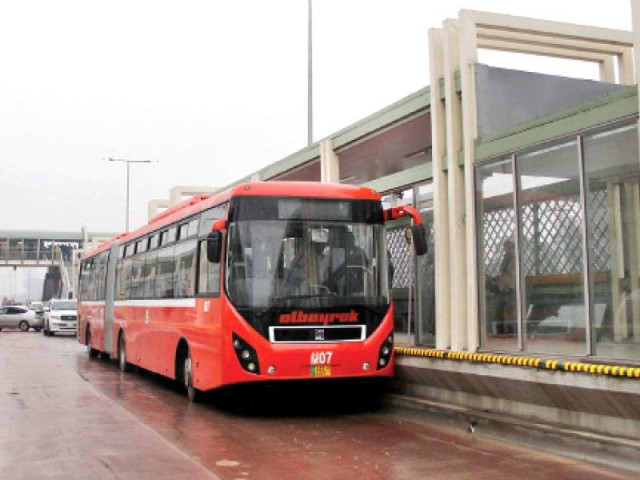
The Punjab Metro Bus Authority had already decided to phase out tokens altogether, once card-reading swipe machines are introduced on other bus services so Metro cards can be used across the city. PHOTO: FILE
This pressure primarily came from investors ahead of last month’s auction of commercial plots in the upscale but increasingly crowded Blue Area.
When it was built in June 2015, the government had hoped that the service would help reduce the traffic burden on the roads of the city with people ditching their fuel guzzling four and two-wheelers in favour of the economical and faster metro bus service — an experiment which had paid immense dividends in Lahore.
To ensure that commuters opted for the bus service instead of their cars even amid falling fuel prices, the Capital Development Authority (CDA) had planned to build five ‘park and ride’ plazas for commuters to park their cars near the metro stations along the route of the service in an upscale area of the capital.
On September 18, 2015, the CDA Board had in principle approved five sites to build these parking plazas.
“Initially, the Punjab Metro Bus Authority (PMBA) had promised the CDA to build one of those plazas. But later, the PMBA backed out from its promise due to unidentified reasons,” CDA Urban Planning Director Ijaz Shaikh told The Express Tribune, adding that sites approved for the plazas are still there waiting for someone to develop them.
He, however, said that the civic body was under immense pressure, particularly from investors, to immediately build the parking plazas in some of the busiest commercial centres of the capital.
This pressure was fully exerted ahead of last month’s auction of commercial plots by the CDA. Investors, Shaikh said, had placed three demands before the CDA. These included preparing a master plan for the Blue Area, investing at least 10 per cent of the auction proceeds into developing the ageing infrastructure of the city and to start construction work on at least one of the planned parking plazas without any delay.
But, Shaikh said, there was no consensus among CDA Board Members whether the authority should build the plazas itself or if it should just auction these plots and allow private parties to build the facility.
The CDA, he said, had earmarked five plots of different sizes for the parking plazas including a plot measuring 170 feet by 170 feet south of the Parade Ground Metro Station near Blue Area in Sector F-6 and G-6. Another plot, measuring 300 feet by 170 feet plots was allocated south of the Stock Exchange Station.
A further three sites were allotted on the northern side of Jinnah Avenue. These included a plot measuring 300 feet by 288 feet north
of the Seventh Avenue metro station.
Another plot measuring 200 feet by 300 feet was set aside to the north of the Pakistan Institute of Medical Sciences (Pims) station. A piece of land measuring 200 feet by 330 feet was earmarked to
the north of the Kutchery metro station.
The CDA urban planning director said that the board had subsequently directed the planning and design wing to prepare innovative designs for these plazas which must be commercially viable and cost effective but must not be taller than existing buildings in their immediate vicinity.
Curiously, however, he said that the board had allowed these multi-storey plazas to use their lower ground, ground and first floors for commercial purposes so as to make the venture self-sustainable.
Not inspiring confidence
A general ridership report for June-September 2015 compiled by the Punjab Metro Bus Authority (PMBA) noted that as many as 100,558 passengers used the service daily on weekdays.
The authorities had hoped to raise this average to 135,000 passengers per day. But nearly three years on, PMBSA reports from July 1, 2015, to February 29, 2016, show that ridership levels are approximately at 110,252 passengers per day, well below the National Engineering Services Pakistan’s (Nespak) estimated average.
Shaikh, while explaining this shortfall, offered that a majority of the working class did not use the bus service since they could not find secure places to park their transportation devices including bicycles, motorbikes and cars before riding the Metro Bus.
Coupled with the parking glut in the Blue Area and surrounding centres, he was of the view that the pressure would tell one way or the other.
Published in The Express Tribune, April 7th, 2018.



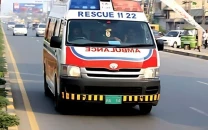
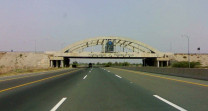
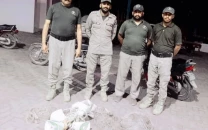
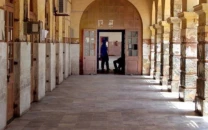












COMMENTS
Comments are moderated and generally will be posted if they are on-topic and not abusive.
For more information, please see our Comments FAQ